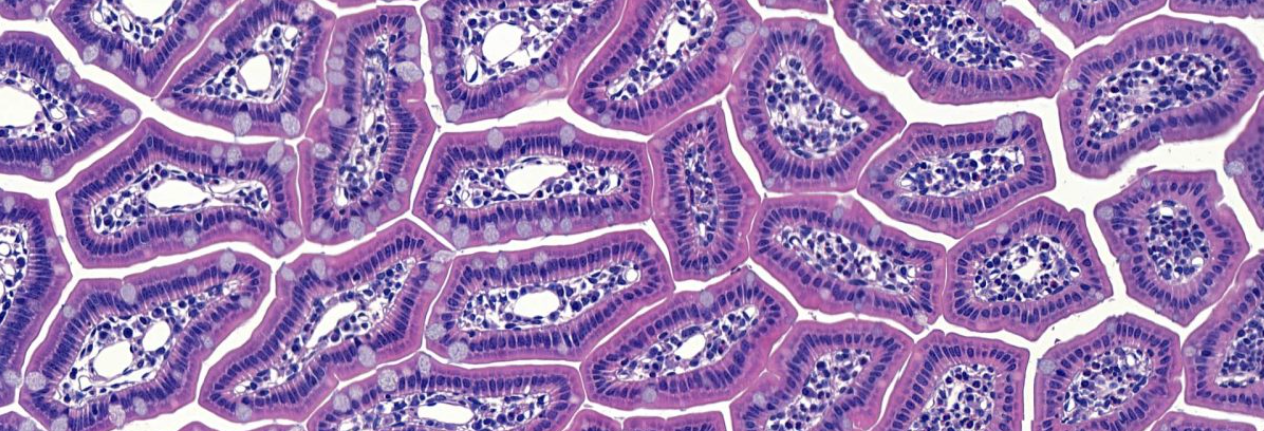Five Tips to Improve FFPE Tissue Processing
Formalin-fixed, paraffin-embedded (FFPE) tissue samples are a critical resource for researchers in the quest to discover novel biomarkers, understand disease mechanisms, and monitor drug response.
With vast collections stored in biobanks worldwide, cost-effective storage at room temperature, and easy access to clinical metadata, FFPE tissue samples are readily available and especially useful for conducting retrospective studies. Despite the challenges associated with preparing FFPE samples for proteomic analysis, it is possible to achieve better sample preparation results by employing various strategies.
In this post, we discuss five tips to improve FFPE tissue processing, enhancing the quality and yield of samples for downstream proteomic analysis.
1. Optimize fixation and embedding
Achieving optimal fixation is crucial for preserving tissue morphology and protein integrity. The duration and temperature of formalin fixation can significantly impact protein cross-linking and overall sample quality. Researchers should follow standardized protocols and avoid over-fixation or under-fixation to maintain sample quality. Paraffin-embedded tissues are most often fixed in 10% (v/v) neutral buffered formalin (NBF) or fresh 4% (w/v) formaldehyde solution (“PFA”) made from paraformaldehyde power.
Improving paraffin embedding techniques can also help maintain tissue integrity and facilitate subsequent sample processing. Ensure proper tissue dehydration, clearing, and infiltration of paraffin wax. Use high-quality paraffin wax with an appropriate melting point, and avoid overheating during embedding to preserve tissue structure and protein quality.
However, optimized fixation and embedding often do not lie in the power of the researcher. That’s why optimized FFPE processing protocols are needed to get the most out of samples.
2. Implement alternative deparaffinization methods
Deparaffinization has been a long-time step in the processing of formalin-fixed, paraffin-embedded (FFPE) tissue samples. It involves the removal of paraffin wax from the embedded tissue sections, which is necessary to access the biological material (amino and nucleic acids) within the tissue for downstream analyses.
Traditional xylene-based deparaffinization poses health hazards and can result in low reproducibility and sample loss. Alternative deparaffinization methods that eliminate the need for xylene-based deparaffinization can help maintain sample quality, reduce health risks, improve reproducibility, and save up to hours of processing time.
3. Optimize protein digestion protocols
The choice of protease(s) and digestion conditions can significantly impact the quality of proteomic analysis. Carefully select appropriate enzymes, optimize digestion times, and employ additional methods to improve peptide recovery and increase the overall quality of the resulting data. Consider combining a tissue homogenizer with an iST proteomic sample preparation technology to enable fast and robust processing of up to 96 samples in parallel from starting material to clean peptides.
4. Establish quality control measures
Implementing quality control measures throughout the sample preparation process is essential for ensuring the reliability of proteomic data. Monitor protein extraction efficiency, assess digestion performance, and evaluate LC-MS data quality to identify potential issues early and ensure the validity of the research.
5. Employ alternative methods for protein extraction techniques
Harsh conditions are often required to reverse protein cross-linking in FFPE samples, negatively affecting protein yield and quality. To improve FFPE tissue processing, researchers should explore gentler protein extraction methods, which can help preserve protein integrity and enhance extraction efficiency. Homogenization systems like PreOmics BeatBox work with a variety of tissues including FFPE and enable standardized high-throughput proteomics in a most user-friendly way.
Simplify FFPE Sample Preparation with the BeatBox: A xylene-free, high-throughput workflow for in-depth tissue proteome analysis
Looking to simplify, speed up, and standardize your FFPE sample preparation?
Consider using PreOmics' BeatBox, a tissue homogenizer coupled with the iST proteomic sample preparation technology for faster, more reproducible and accurate results. Our workflow eliminates the need for xylene-based deparaffinization and enables fast and robust processing of up to 96 samples in parallel from starting material to clean peptides within one working day.
Figure 1 I Comparison of protein identifications after BeatBox- and sonication-based FFPE workflows. 10 µm FFPE tissue “full” curls of mouse cardiac muscle, kidney, and liver were processed with the BeatBox FFPE workflow and benchmarked against sonication methods. The BeatBox FFPE workflow increased the proteomic depth on average by 19–43%, depending on the tissue type.
If you’re looking for high-performance solutions and workflows that set the standard for protein analysis, let’s start a conversation today.



